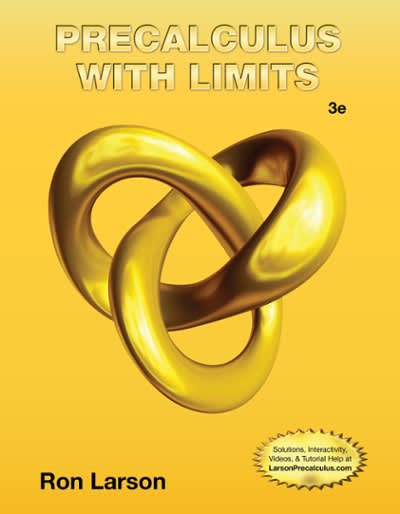
What is that? The shape of a chi-square distribution curve is skewed for very small degrees of freedom, and it changes drastically as the degrees of freedom increase. Eventually, for large degrees of freedom, the chi-square distribution curve looks like a normal distribution curve. The peak (or mode) of a chi-square distribution curve with 1 or 2 degrees of freedom occurs at zero and for a curve with 3 or more degrees of freedom at d f - 2 df-2 The chi-square distribution has only one parameter, called the degrees of freedom. The shape of a chi-square distribution curve is skewed to the right for small of of and becomes symmetric for large of df. The entire chi- square distribution curve lies to the right of the vertical axis. The chi-square distribution assumes nonnegative values only, and these are denoted by the symbol x 2 x2 (read as "chi-square"). If we know the degrees of freedom and the area in the right tail of a chi-square distribution curve, we can find the value of x squared. 50, as you've gotten so used to me asking - where do we use this stuff in real life? What's a practical example? Thoughts? Ideas?Which of the following is NOT a property of the chi-square distribution? O A. The mean of the chi-square distribution is 0. O B. The chi-square distribution is different for each number of degrees of freedom, df = n - 1. O C. The chi-square distribution is not symmetric. D. The values of chi-square can be zero or positive, but they cannot be negative.Spring ECE 103 Engineering Programming Requirements Write a C program that meets the following specifications: . The program prompts the user to enter the following information in this order. The curvature Ri (in cm) of mirror 1 (located at plane position z, ). o The curvature Rz (in cm) of mirror 2 (located at plane position z, ). The distance L (in cm) between the centers of the two mirrors. The wavelength A (in nm) of light in the lasing medium. . The program calculates and displays the following values: Minimum spot size w. (in cm). Position Z, (in cm) of mirror 1. . Position Z, (in cm) of mirror 2. o Beam angular spread O (in radians). Suppose the laser is pointed at a satellite in a geostationary orbit a distance 35786 km away. Calculate and display an estimate of the beam's width (in km) at the satellite's location. Be aware that you may need to perform some unit conversions. Define a macro for the value of a. For consistency, use 3.141592654. Display your calculated results to three (3) decimal places. Hint: To match the sample output, consider using the &g option. Your program must conform to either the ISO C99 or ISO C90 standard. Save your program using this filename: hw2. c










